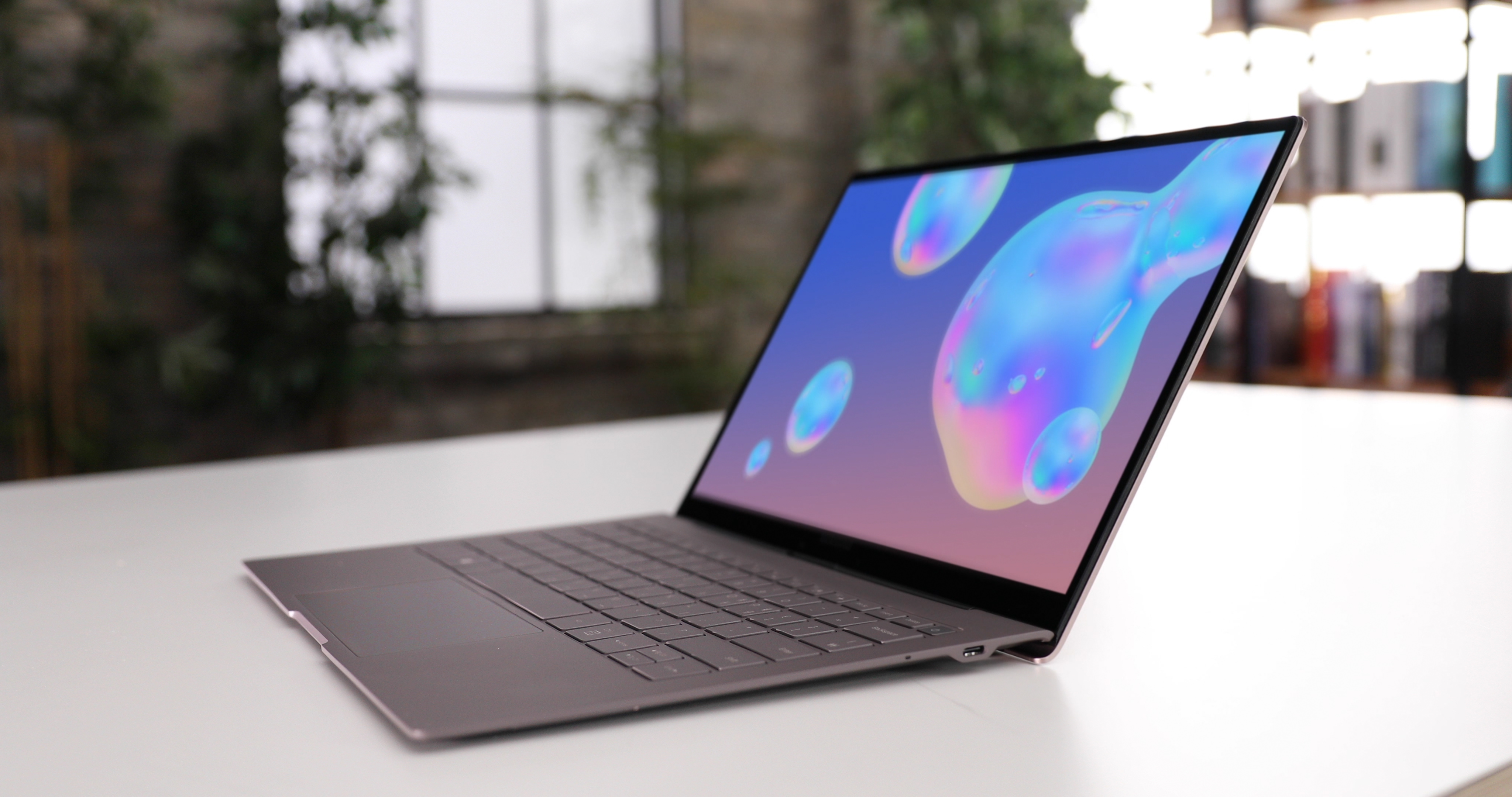“Thin and light” sometimes seems like a misnomer applied to products by companies that have shaved millimetres and grams off products over generations, but Samsung’s just dropped one of the thinnest and lightest Windows 10 laptops around. Enter the Galaxy Book S.
Unveiled earlier today at the company’s Unpacked event in New York, the Galaxy Book S is set into an anodised aluminium frame and weighs in at just 0.96kg and is 11.8mm at its thickest point – so thin and light that it’s almost not there.

For all that (lack of) bulk, you’re getting a 13.3-inch FHD laptop with 10-point multitouch screen, running Windows 10 Home/Pro. It’s not running on Intel, though.
The Galaxy Book S is a little different to a standard laptop. It’s running on Qualcomm’s Snapdragon 8cx platform and this seems to make it feel more like a smartphone than a PC – boot times are virtually eliminated, and the device is ready to use at a touch.

For a PC, the rest of the specs are relatively modest – 8GB RAM and 256/512GB storage and microSD – but that’s not too surpassing given the size and shape of the Galaxy Book S. Three point is mobility, not performance. There’s also Windows Hello with fingerprint authentication and LTE connectivity as well, although that might vary by market.
PCs and laptops are a little away from our core remit, so we can’t really speak to the difference between Qualcomm and Intel on performance – check out this report at Digital Trends for a comparison though (spoiler: it mostly comes up trumps, but check the details).
Australia will be getting the Galaxy Book S, but Samsung’s not quite ready to announce pricing and availability for us just yet.





I’m potentially interested at the right price. This needs to be significantly cheaper than the intel equivalent. Gut feeling is that it won’t be though.
While I like the formfactor of this device, there’s no way I’d buy it at any price. As a Windows machine, it needs to run x86 code natively, not emulation. Without it running x86 code natively, all the Windows software you’re used to using, won’t work.
Agreed. Windows 10 does not run well on less than 8GB and runs awfully on computers with hard drives (unlike previous versions of Windows). Needs an SSD to run well.